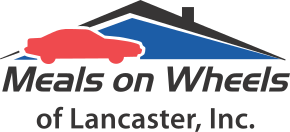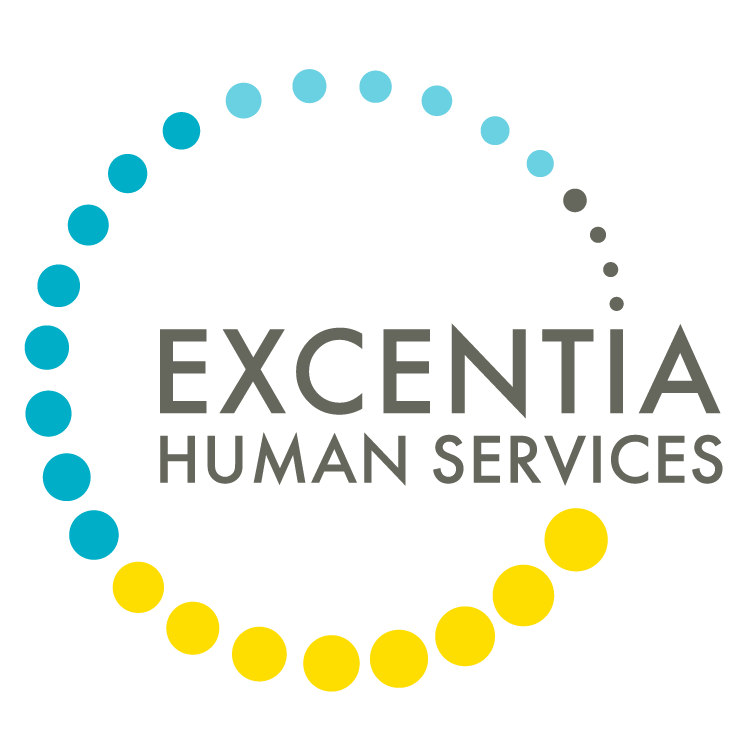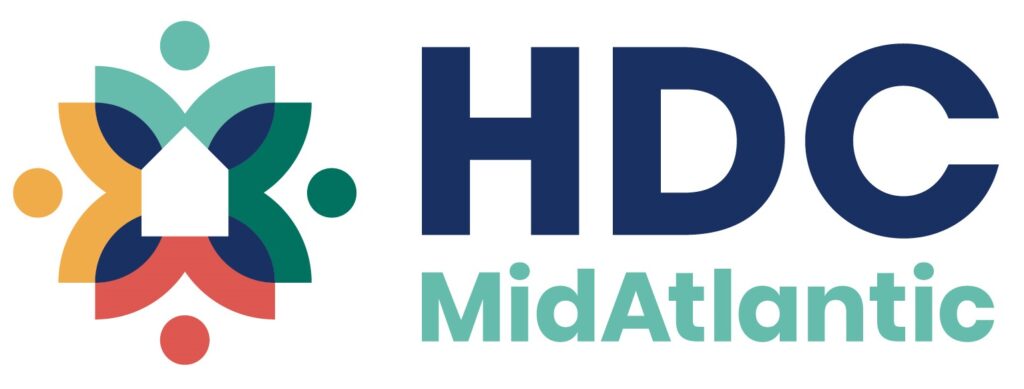The Lancaster County commissioners this week cleared the way for the county to receive millions of dollars from a second wave of national opioid settlements.
They did so by agreeing this week to sign onto those settlements and waive any and all legal claims the county might otherwise have had against the five companies participating in them: Pharmaceutical manufacturers Teva and Allergen and drug store chains CVS, Walgreens and Walmart.
The money will bolster the payments Lancaster County is receiving already from a previous wave of opioid settlements. Its revenue from that first round is expected to total nearly $16 million over 18 years.
Assuming everything proceeds as expected, Lancaster County can expect to receive an initial payment in December of about $3.1 million from the new settlements, provided by Solicitor Jackie Pfursich. In all, they are expected to yield $13.6 million over 15 years, according to tallies Pfursich provided to One United Lancaster.
One of the companies, Walmart, is front-loading its payments, paying 90% of its settlement in the first year. Because of that, Pfursich told the commissioners this week, the county will have 42 months to allocate that money, rather than 18 months, the timeframe that has applied to the other settlements.
Like the first wave, the new funding will also be overseen by the Pennsylvania Opioid Trust; as before, counties must spend it based on Exhibit E, as interpreted by the trust.
Exhibit E, drafted as part of the legal settlements, lays out “core strategies” and “approved uses.” In general, jurisdictions must use the money to treat opioid addiction, prevent overdoses, support people in recovery and prevent opioid misuse through education and drug-disposal programs.
To date, the county has received three first-wave payments totaling $2.7 million. It received the third payment, $1.05 million, in December, and has until June next year to decide how to use it.
The funding so far
As of May, the county had spent or allocated $644,846 from the first two settlement payments, leaving $972,936 to go. That month, to meet a required deadline, the commissioners allocated another $447,373.
The bulk of it (92%) went to three programs: the county Drug & Alcohol Commission, to help individuals pay for stays at recovery houses ($125,000; the Donegal Substance Abuse Alliance, to bolster reentry services at the County Prison for individuals in recovery ($81,800); and the prison itself, for its Medication Assisted Treatment Program ($205,573). The remaining $35,000 (8%) went toward establishing a project manager position to oversee the settlement funds and the initiatives they support.
Those allocations were made based on recommendations from Joining Forces, a local coalition of government entities, health systems and social service agencies fighting the opioid crisis.
Local advocate Gail Groves Scott, founder of the Health Policy Network, has urged the commissioners to make the decision-making process fully transparent, including meetings of Joining Forces or other advisory entities; and to issue formal requests for proposals that local agencies could respond to.






